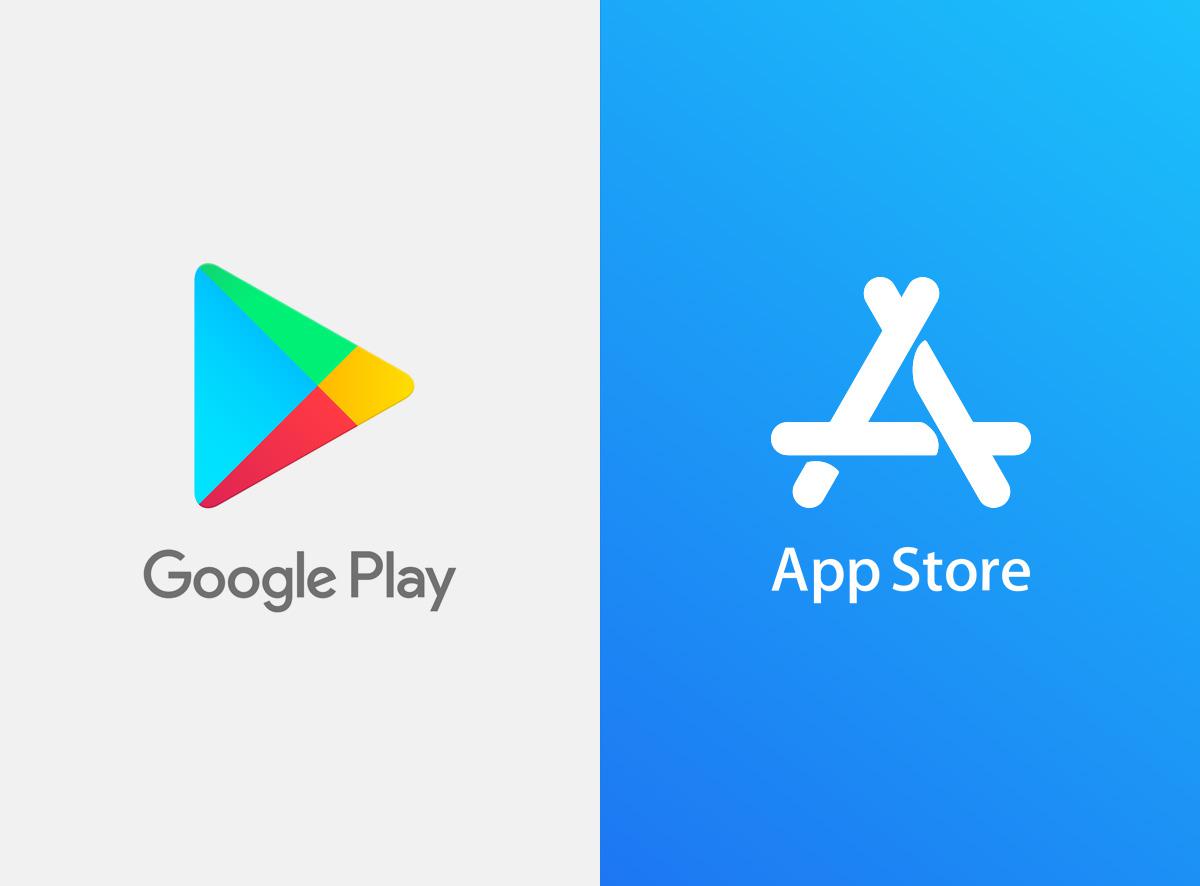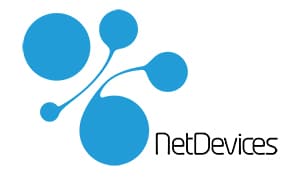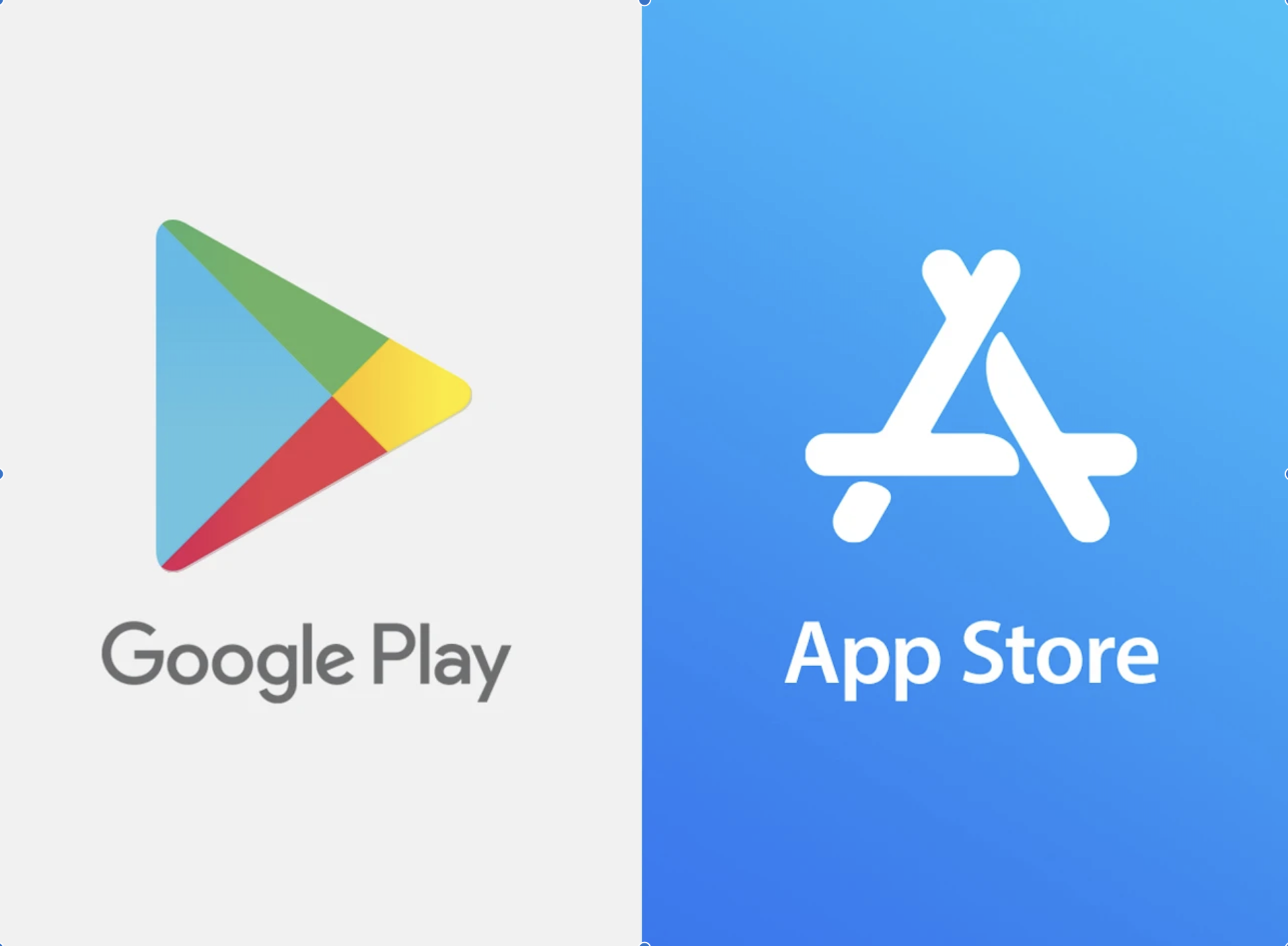Article mis à jour le 25 février 2025
The cost of developing a mobile application ranges from €5,000 to €80,000. However, each project requires a detailed analysis and the drafting of specific specifications.
When a company plans to create a application mobile site and contacts our agency NetDevicescost is often one of the first issues raised.
We find that the cost of developing a mobile application remains ambiguous for those unfamiliar with the sector.
Unfortunately, determining a precise cost without a detailed understanding of the project is impossible, meaning that the cost of a mobile application can vary greatly depending on the features and data integrated.
To refine, our experience tells us that :
- A basic mobile application costs between €7,000 and €35,000
- A application of average complexity (with payments, cards, flows, media...) varies between €30,000 and €50,000 (example: Application e-commerce).
- A complex application (with numerous functions, APIs, etc.) can cost up to €150,000!
- A highly complex application incorporating artificial intelligence (AI) and requiring constant maintenance can cost from several hundred thousand euros to millions of euros (e.g. Uber, TikTok, Facebook, Apple Pay, BoursoBank, etc.).

To obtain a more precise estimate of the cost of developing your application, please fill in the form below. our online quote form.
This article explains the origin of these figures, their practical significance and the factors that can influence the budget of a application.
What is the average cost of development
a mobile application ?

If you're planning to develop application mobile, it's crucial to assess the complexity of the project, especially if you're opting for a cross-platform solution, as Android and Apple development technologies differ. In short, you have two options:
- Develop separate code for each platform.
- Create common code (cross-platform) and adjust some specific features for Android and Apple.
How to estimate the cost of a application mobile?
There are two types of project management: the fixed-price method and the agile method.
In my experience, the agile method offers much greater flexibility, and is more suited to 90% of today's projects. A modern agency is more likely to use the agile method these days.
To develop a mobile application using the agile method, the project manager carries out a detailed analysis of the development stages, dividing the project into "sprints".
Sprints are development phases with specific objectives, enabling work to be organized and deadlines to be met. The project manager defines the duration of the sprints, the number of developers required and the number of development days per sprint (for example, a 3-week sprint with 10 development days).
The project manager then breaks down the development into several stages, enabling him to calculate the cost of a application mobile and provide an estimated delivery date.
Organizing mobile development costs for an agency :
- Visit developer / Project Manager works between 7 and 8 hours a day (in practice it's often more).
- The developer and project manager have a daily rate.
- The time devoted to project management is determined in relation to development time, often between 10-15%.
- The first sprint of a project is always devoted to design.
- The designer's fee is not a daily rate, but is fixed according to the service provided.
- In many cases, rates are reduced according to the duration of the project.
- A flat fee is often charged for testing/debuggingapplication.
The complexity and characteristics of mobile applications
As discussed earlier, a prior assessment by your development team of the time required to complete your project is crucial before starting a collaboration. This assessment is an essential step in the organization of your project.
Determining factors affecting development costs include the specific characteristics ofapplication, its ability to adapt to different operating systems (Android, iOS, etc.), aesthetics and customized visual effects, as well as the complexity of the backend structure and the development of application programming interfaces (APIs), a topic we'll cover later.
The implementation of features within theapplication project is the main factor influencing overall cost. It reflects the amount of business logic to be implemented inapplication, as well as the volume of screens, buttons and services required.
Features with a significant impact on development costs include :
- Role management and user interactionDefining user roles and structuring and managing content according to access rights can be complex.
- Account management Incorporate features such as secure storage and encryption of passwords, password reset, authentication via social networks (login via Google, Facebook), as well as management and modification of data associated with user accounts (e.g. weight tracking for a health application ).
- Social interaction Add the ability to share content withinapplication or to external platforms, develop a news feed, set up a push and in-app notification system, and manage comments.
- External data integration Include data from other sources by integrating third-party libraries or databases.
Integrated transactions

Integrating purchasing functionalities requires specific management, in particular synchronizing the store with an external management system, adding payment methods and order tracking functionalities. Credit cards, Google Wallet, Apple Payand PayPal represent the most common payment methods. Each payment option will require additional development effort.
Location services
Deploying a location-based technological innovation, or even more complex, a position-tracking system such as GPS, can extend development times. This functionality, among the most complex, requires :
- Request user authorization to access location data.
- Manage data recovery from the device.
- Ensure reliable, precise tracking of the device's position, even with limited connectivity.
Calling up the device's functions
A application may require access to components of the smartphone, such as the camera, NFC system, payment options, speakers and so on. Developers must then use specific APIs to implement these functionalities.
How to reduce application development costs?
Fortunately, entrepreneurs can reduce mobile app development costs, by thinking intelligently about the project's global scope.

1. Create an MVP (minimum viable product)
It's often advisable to define an MVP as part of the design process. The minimum product viable allows us to offer an unfinished but functional product. The advantages are numerous:
- Publishapplication earlier and get concrete feedback that can influence further development
- Start selling your service before development is complete
- Maintain a dynamic image by publishing regular updates
- Product testing
- Generate the first revenues
On the other hand, the customer will decide on the "gauge" of his MVP, or more concretely, the functionalities to be included in the MVP. The minimum viable product is often composed of the simplest elements to develop, i.e. :
- A simple design without all the effects provided for in the model
- The minimum functionalities required for the service to be operational
- Easy-to-implement secondary functions
The MVP also allows you to prioritize your project and gain a clearer view of app development.
2. Involve quality control (or quality assurance: QA) from the outset
When developingapplication, there are always bugs to correct. And it's best to take things one step at a time, correcting bugs as the project progresses. This is one of the advantages of sprint management!
Errors or incompatibilities can accumulate during the design phase, and need to be dealt with as quickly as possible to limit the risk of them spreading further. With this methodology, development will certainly proceed at a slightly slower pace, but you'll identify serious problems before the development phase begins. As a result, you'll save on redesign costs that might otherwise accumulate.
3. Use an agency
Using a specialized agency can be costly, but it's a good long-term strategy. Hiring a developer will always be more expensive in the long term.
Of course, depending on the scale of the project and the commercial development of theapplication, you will eventually need to hire one or more developers. But in the first instance, the support of an agency will provide real added value in terms of both skills and finance.
For example, our NetDevices is approved for Innovation Tax Credit (CII)Our customers benefit from a 30% tax credit on expenses incurred for their innovation projects. If the estimate for your project was €65,000 excl. tax, the actual budget after CII recovery will be €45,500 excl. tax.
Conclusion
The cost of developing a application mobile application can vary widely, depending on its complexity, the technologies used, and the development team chosen.
Typically, custom development of a mobile application ranges from €20,000 to over €90,000, with exceptions that can reach several hundred thousand euros for highly complex applications including artificial intelligence, for example.
Several factors influence these costs, including the complexity of functionality, the need to adapt theapplication to different platforms, and maintenance.
To keep the budget under control, it's advisable to start by defining an MVP (Minimum Viable Product), to involve quality control right from the start of the project, and to consider the option of using a specialized agency like NetDevices !
Don't hesitate to nous contacter pour obtenir un devis complet pour votre prochain projet.


